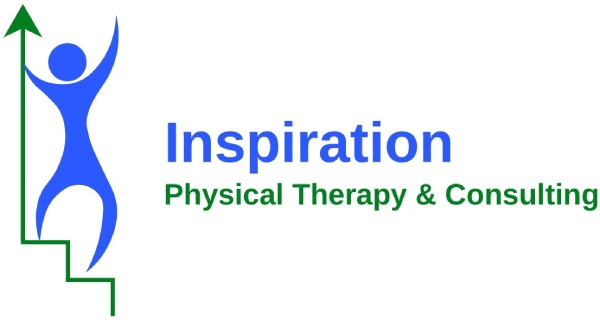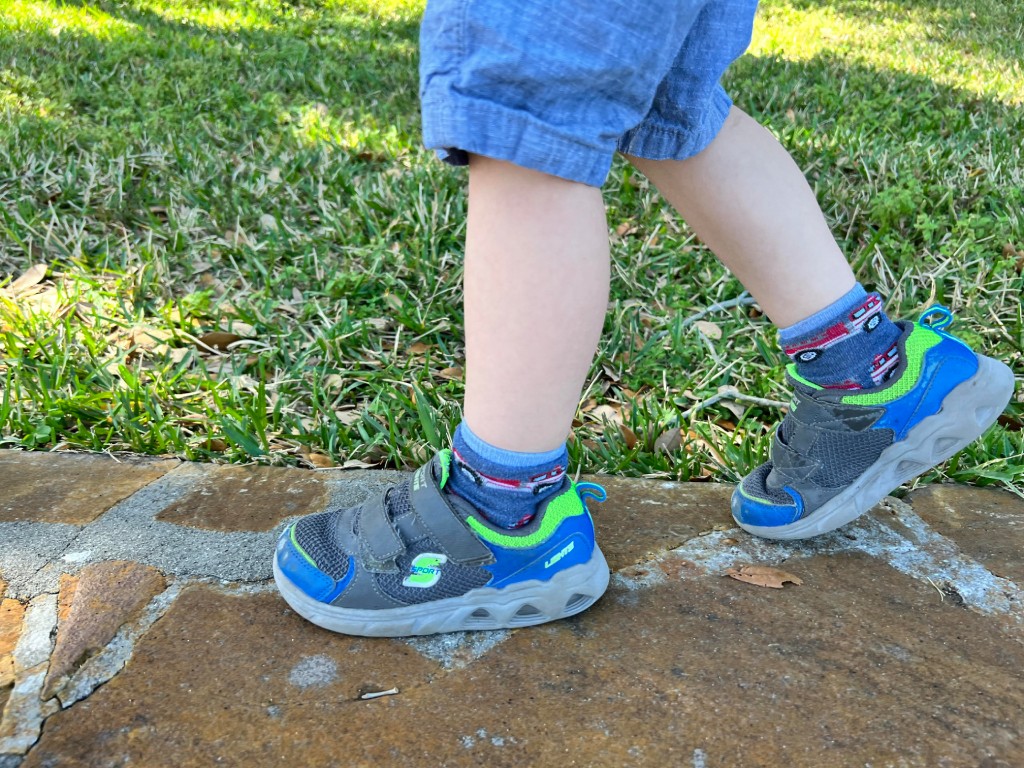Screening for potential need for PT
Recently injured or that nagging pain that you thought would go away… but didn’t?
We are well versed in most orthopedic injuries including by not limited to:
Potential injuries
- Sprains
- Strains
- Fractures/ broken bones post MD visit/assessment
- Stress fractures
- Shin splints
- Ligament injuries and tears
- Tendon injuries and tears
- Posture
- Scoliosis
- Radiculopathy
- Pre and Post Operative Conditions
- Chronic Pain
- Labral Injuries
- Tendinosis/ Tendinitis / Overuse Injuries
- Screening for injuries
- Walking/ Gait analysis
- Movement Pattern Analysis
Orthopedic Injuries and Pain
- Cervical/ Neck
- Thoracic
- Lumbar/ Back/ Sciatica
- Shoulder
- Elbow
- Wrist/hand
- Hip
- Knee
- Foot/ankle
- Headaches
- TMJ/ Jaw Pain
What should I expect from PT for my injury?
We will talk to you about your pain or injury including when it started and if there was an event/ injury or if it was gradual over time and what your personal goals are for recovery. Then we will check your strength, your ability to move your injured area, your ability to complete your daily activities and your overall movement patterns. Our body all works together so we will also be looking at how you are moving as a whole!
Now that we have done the assessment, now what?
You and your PT then partner together to design an individualized program that may include manual techniques, specific exercises and activities and/or functional activities that simulate what is currently challenging. This is designed to help you reach your personal goals.
How long does the assessment take?
Initial evaluation and assessment usually takes about an hour including set up and break down time for any needed equipment. Filling out your paperwork online helps to give us more time to devote to you and your recovery!
How many sessions will I need?
This entirely will depend on you, your injury and your body recovery. We will discuss your personal recommended plan for recovery during the first day and then reassess as we start to see the improvements!
Potential Injuries

Sprains
A sprain occurs when a ligament, the tissue that connects bones to bones, is stretched or injured. A common example is an ankle sprain, often caused by the twisting of the ankle. In our physical therapy practice, treatment for ankle sprains is highly personalized. We focus on addressing muscle weakness, improving balance, enhancing proprioception (your sense of body position), and providing functional activity training to aid recovery.

Strain
A strain happens when a muscle or muscle tendon, the connective tissue linking muscle to bone, is stretched or injured. You may have heard of it as a "hamstring strain" or "pulling a muscle." Our physical therapy approach is tailored to your unique needs. Treatment typically includes gentle stretching of the affected muscles, manual techniques to expedite recovery, and gradually introducing strengthening and stabilization exercises, all customized to your progress and requirements.
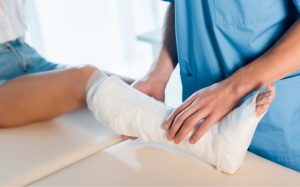
Fracture or Broken Bone
A fracture, commonly known as a broken bone, occurs when a bone cracks or fully separates. Initially, medical doctors may immobilize the bone with a cast, sling, or even surgery involving rods and screws. Physical therapy usually comes into play once some healing occurs, typically taking 8-10 weeks. Our physical therapists create individualized plans focused on improving your range of motion, strengthening the muscles around the injury, reducing compensations, and facilitating your return to daily activities according to your specific goals.
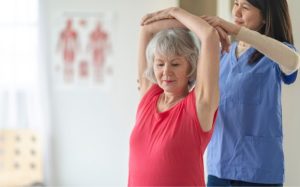
Pre-operative PT
In some cases, surgeons recommend physical therapy before surgery. This pre-operative physical therapy enhances strength, range of motion, and flexibility. It often leads to better post-operative outcomes and faster recoveries. Typically, pre-operative physical therapy involves a few sessions in the weeks leading up to your surgery. However, additional sessions may be necessary in certain situations, especially when surgery is avoidable or significant muscle and joint limitations exist.

Falls
Falls can result from various factors, including both external and internal causes. External factors encompass issues like low lighting, uneven surfaces, tripping hazards, and collisions with objects or individuals. Internal factors may include:
- Decreased proprioception: Your sense of body position in space.
- Vestibular issues: Pertaining to your inner ear's sense of head position, movement, and its communication with your brain and body.
- Decreased muscle strength: Certain muscles play a crucial role in maintaining balance. Weakness in these muscles can lead to imbalances and falls.
- Vision issues: Impaired vision can affect your ability to perceive your surroundings. While physical therapy doesn't directly address vision problems, we strengthen the systems contributing to balance. Additionally, we offer recommendations to modify your home environment to reduce fall risks.
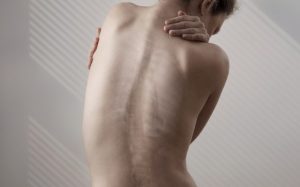
Scoliosis
Scoliosis is an abnormal curvature of your spine, often resembling a "C" or "S" shape. Diagnosis typically involves an in-office examination and confirmation through X-rays. While severe scoliosis may require surgery due to potential effects on the ribs and lungs, mild to moderate cases often benefit from physical therapy. Our approach includes assessing your posture, daily activities, range of motion, mid-back strength, and postural muscles. Based on these findings, our physical therapists create an individualized plan tailored to your needs.

Ligament Injuries
Ligaments connect bone to bone and can get injured through falls, sports impacts, motor vehicle accidents, or prolonged stress. Ligaments can stretch, sprain, tear, and more. Physical therapy focuses on reducing initial stress on the injured area and strengthening the muscles around it. We align our treatment with your goals for returning to your desired activities.
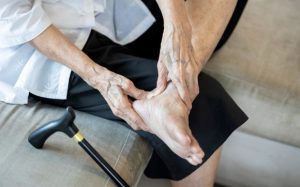
Tendon Injuries
Tendons connect muscles to bones and can sustain injuries from sports, falls, accidents, or everyday activities. Tendons may stretch, tighten, become injured, not glide properly, tear partially, fully, or retract. Physical therapy provides conservative management for tendon injuries. Our approach addresses tightness, and compensatory movement patterns, strengthens surrounding areas, and aids your return to daily life and function.
